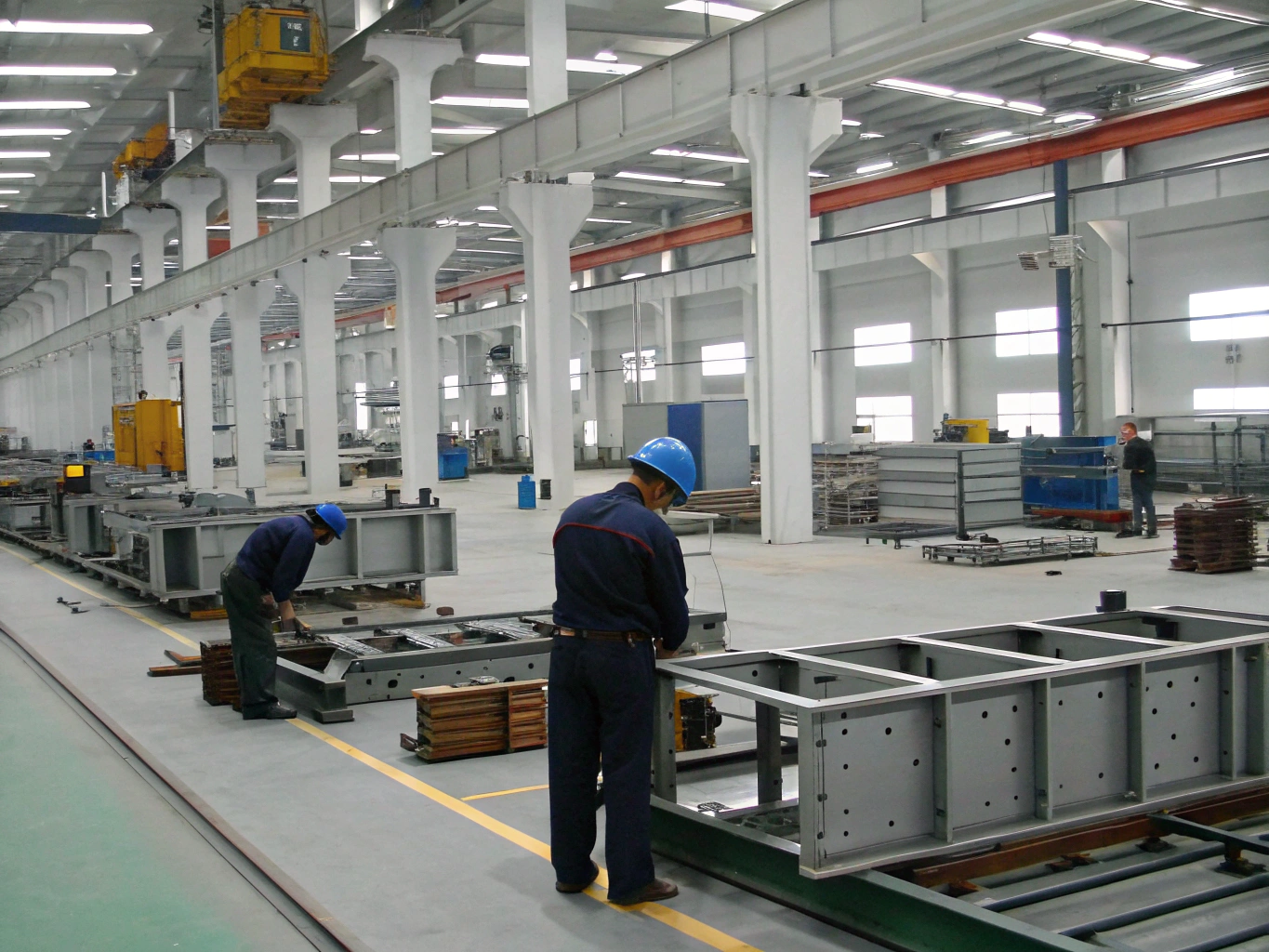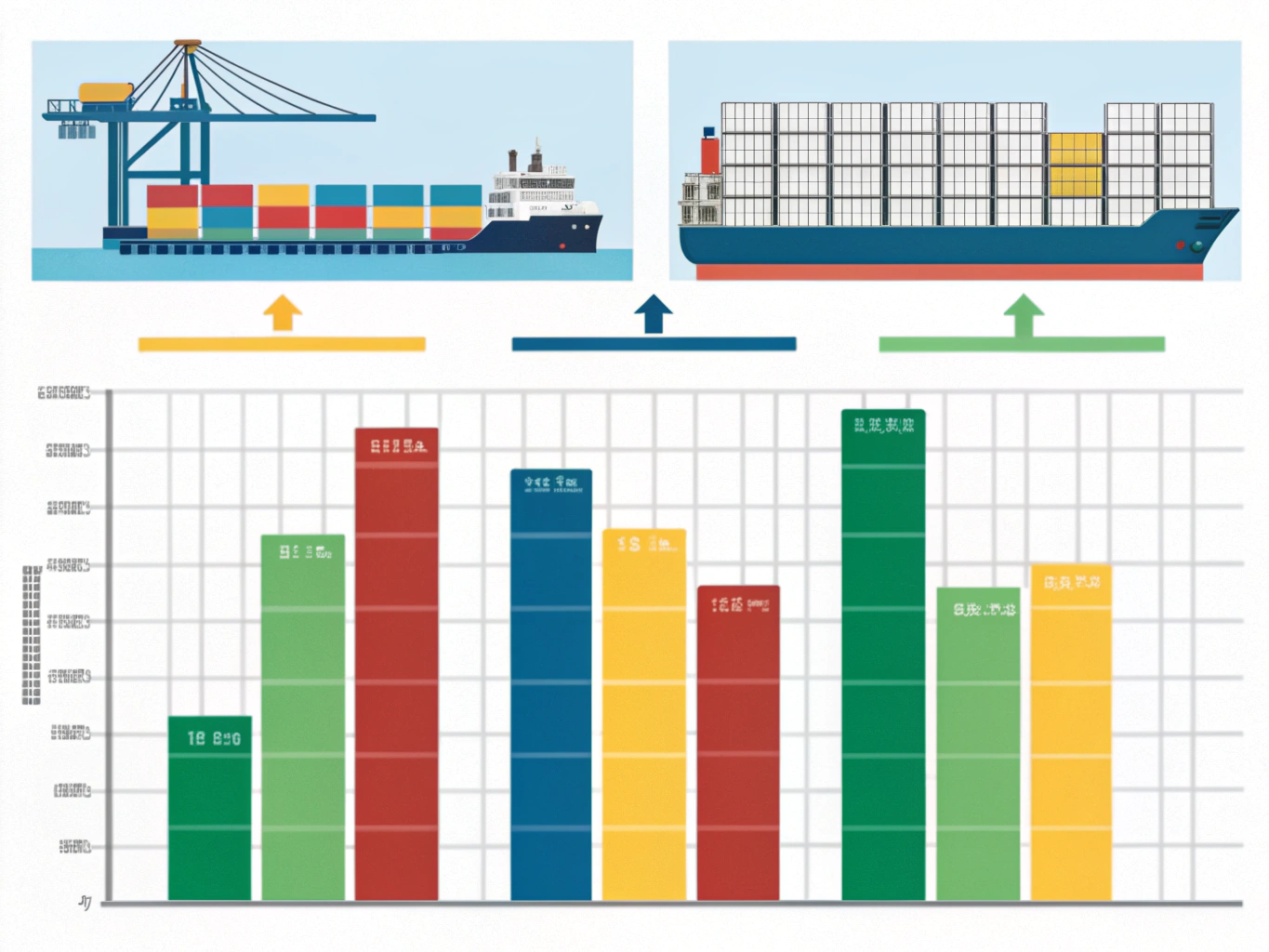
When I first heard about Foreign-Trade Zones (FTZs), I didn’t fully understand how they could help my business. But after exploring the program and applying it to our custom steel parts operation, I saw how much it improved our cash flow and reduced duty costs—especially when products were re-exported or assembled into lower-tariff items. FTZs turned out to be one of the best tools we’ve used to stay competitive.
Yes, importers of custom steel parts can reduce or eliminate certain import taxes and duties by utilizing U.S. Foreign-Trade Zones (FTZs) 1. FTZs allow businesses to defer, reduce, or avoid duties on imported steel components, especially when goods are re-exported or processed into lower-tariff products.
What Are the Benefits of Using an FTZ for Steel Parts Imports?

Foreign-Trade Zones offer multiple benefits for importers of custom steel parts, including duty deferral, elimination of duties on exports, lower duty rates on finished goods, and reduced compliance costs. FTZs are secure areas in or near U.S. ports, treated as being outside U.S. customs territory for import purposes.
Key FTZ Advantages
- Duty Deferral: No customs duties are paid until the steel parts leave the FTZ and enter U.S. commerce.
- Duty Elimination on Exports: If steel parts are exported directly from the FTZ, no duties are ever paid.
- Reduced MPF: Importers using FTZs can consolidate entries and pay a single Merchandise Processing Fee (MPF) 2, reducing filing costs.
- Inventory Control: FTZs require robust tracking systems, which enhance inventory visibility and compliance.
- Lower Compliance Risk: CBP 3 conducts regular audits, ensuring high standards of process control and documentation.
| FTZ Benefit | Description |
|---|---|
| Deferred Duties | Pay duties only when goods enter U.S. commerce |
| Eliminated Duties (Exports) | No duty owed if product is re-exported from the FTZ |
| Inverted Tariff Savings | Pay lower finished-product duty if applicable |
| MPF Reduction | Pay one consolidated entry fee instead of multiple fees |
| Inventory Control | Advanced software improves tracking and audit readiness |
How Does the Inverted Tariff Benefit Apply to Steel Components?

The inverted tariff 4 benefit allows importers to pay the lower duty rate of a finished product rather than the higher rate of the individual steel components used to make it. This applies when the final product has a lower tariff classification than its parts.
Example Scenario
Let’s say:
- Steel components (duty rate: 5%) are used to assemble electric motors (duty rate: 2%).
- Without FTZ: You pay 5% on all imported steel parts.
- With FTZ: You pay 2% when the finished motors enter U.S. commerce.
This benefit can lead to significant savings, especially for manufacturers who add value to steel components before domestic distribution.
Summary Table
| Item | HTS Code Example | Duty Rate | FTZ Treatment |
|---|---|---|---|
| Steel Shaft (input) | 7326.90.8688 | 5% | Duty deferred until entry |
| Electric Motor (output) | 8501.10.4060 | 2% | Pay 2% instead of 5% if manufactured in FTZ |
Are Section 232 Tariffs Applicable Within FTZs for Steel Products?

Yes, Section 232 tariffs 5 (25% on steel) still apply to goods once they enter U.S. commerce, even if they are imported and processed in a Foreign-Trade Zone. However, these tariffs are deferred while the goods remain in the FTZ. If the goods are re-exported from the FTZ, Section 232 tariffs are not owed.
Section 232 Scenarios in FTZs
| Activity | 232 Tariff Applies? | Notes |
|---|---|---|
| Storage in FTZ | No | Tariff deferred |
| Export from FTZ | No | Tariff avoided completely |
| Entry into U.S. commerce | Yes | 25% 232 tariff must be paid |
| Assembled into lower-duty item | Yes (on entry) | Inverted tariff benefit may apply |
How Can FTZ Usage Impact Overall Import Cost and Cash Flow?

Using an FTZ improves cash flow by deferring duties, reducing Merchandise Processing Fees 6, and minimizing holding costs through better inventory control. Businesses benefit from not tying up capital in taxes and fees until products are sold in the U.S.
Example Cost Savings
| Cost Item | Without FTZ | With FTZ |
|---|---|---|
| Entry Filings (monthly) | $500 × 10 = $5,000 | Consolidated = $500 |
| MPF (Merchandise Processing Fee) | 0.3464% × $500,000 | 0.3464% × $100,000 |
| Section 232 on Re-exported Goods | $0 (non-refundable) | $0 (never applied) |
Over time, these savings can significantly impact bottom-line profits, especially for companies that process high volumes or export finished goods.
Conclusion
Importers of custom steel parts can reduce or eliminate import taxes using Foreign-Trade Zones by deferring or avoiding duties on parts that are stored, processed, or re-exported. While Section 232 tariffs still apply to goods entering the U.S. market, FTZs allow importers to improve cash flow, leverage inverted tariff benefits, and cut administrative costs. Working with a qualified FTZ advisor or grantee 7 ensures compliance and maximizes the financial benefits of the program.
Footnotes
-
U.S. government overview of Foreign-Trade Zones and their strategic use for imports. ↩
-
Learn how MPF consolidation reduces processing fees for FTZ users. ↩
-
CBP regulations for FTZ operations, documentation, and security protocols. ↩
-
Explanation of the inverted tariff benefit and how it applies to FTZ processing. ↩
-
Current policies and guidance for Section 232 steel and aluminum tariffs. ↩
-
Proposed updates to FTZ Merchandise Processing Fee rules and savings estimates. ↩
-
Locate certified FTZ zones and advisors for assistance with compliance and setup. ↩

